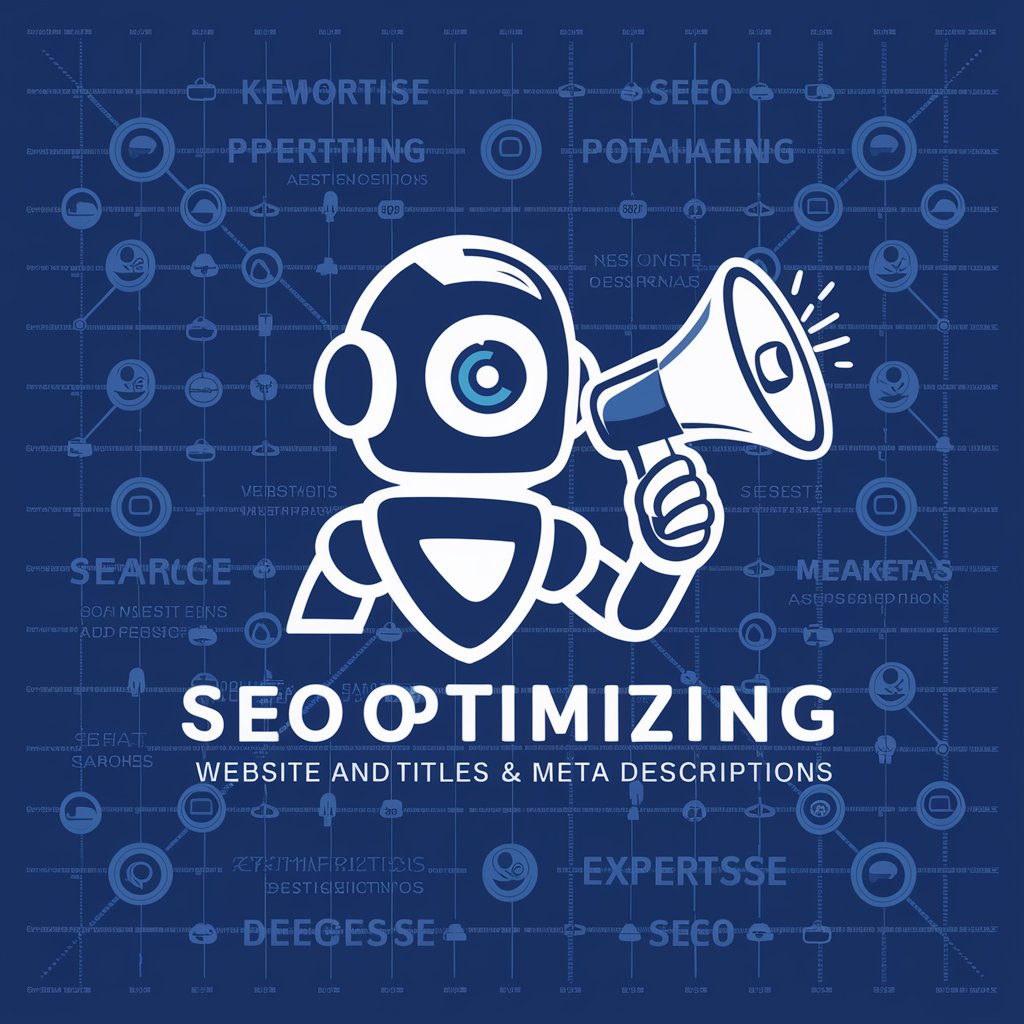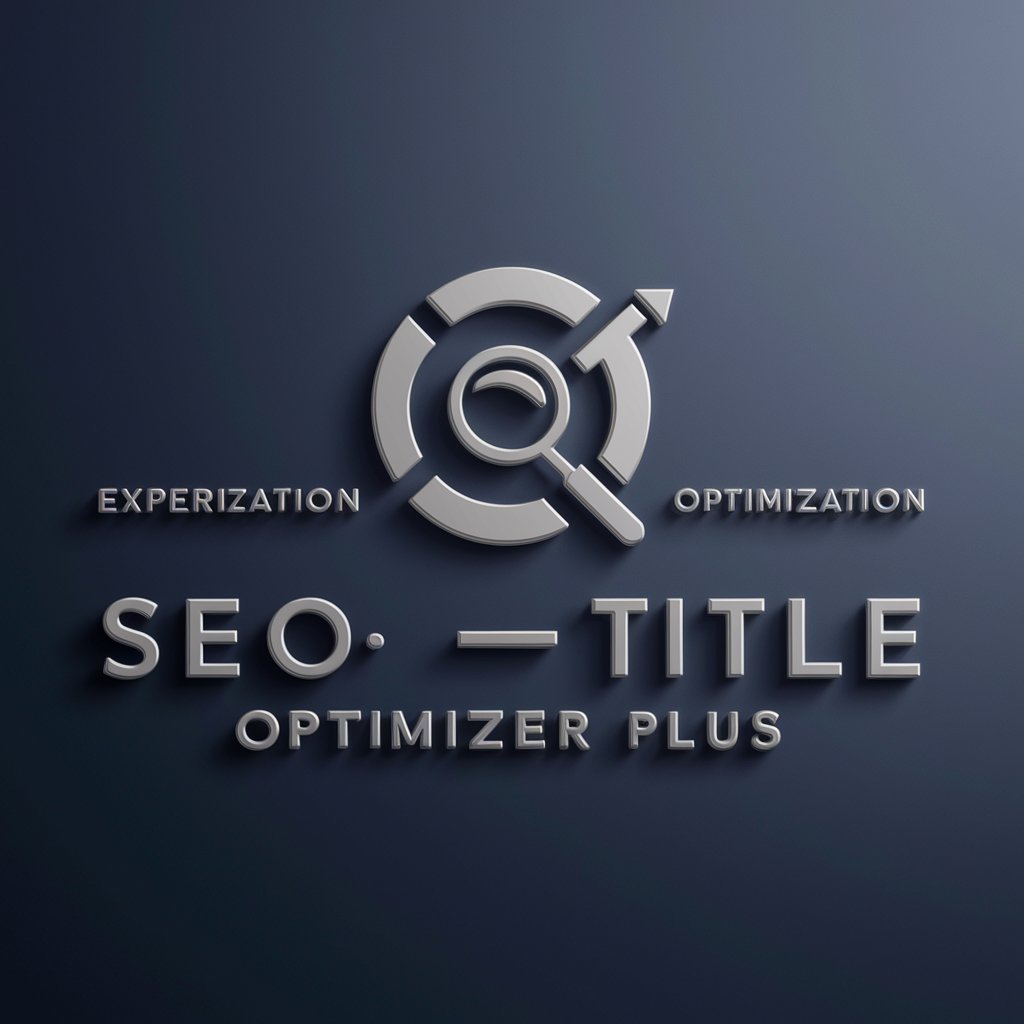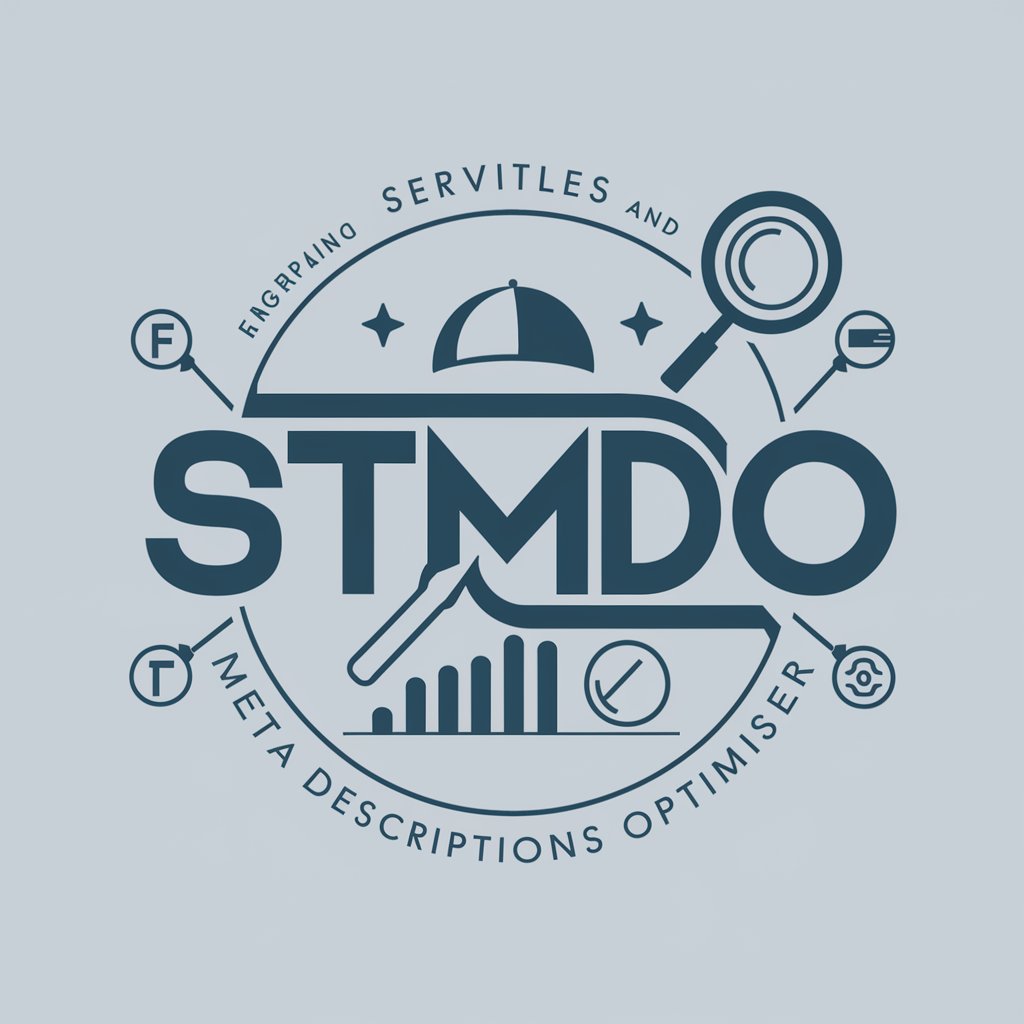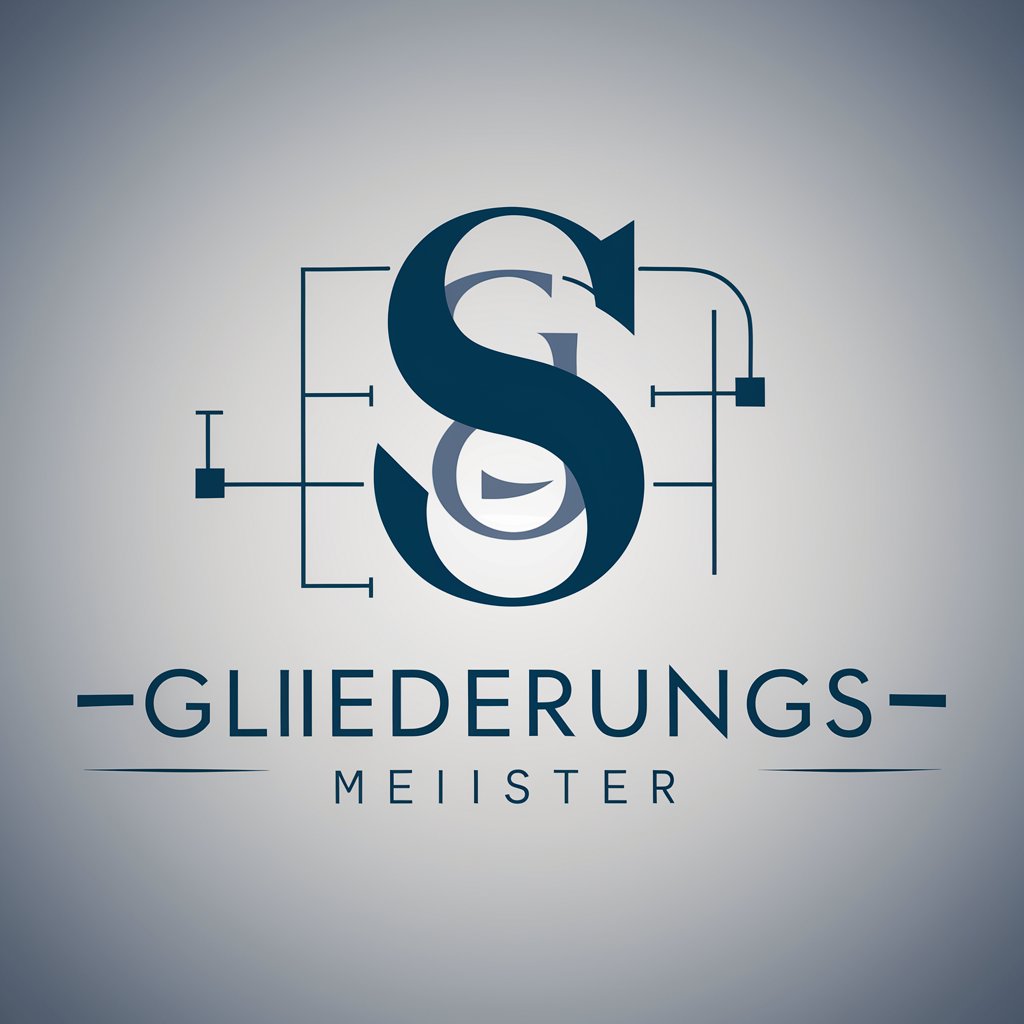
SEO-Deutsch: H1, Title & Meta-Description - SEO Content Enhancement

Welcome! I'm here to help you craft perfect SEO content in German.
Automate SEO Magic, Boost Visibility
Generate a set of compelling SEO titles for a blog about sustainable living.
Create engaging H1 tags for an online course website.
Write 10 different meta descriptions for a travel agency specializing in European tours.
Develop a series of SEO-optimized headlines for a tech news website.
Get Embed Code
Understanding SEO-Deutsch: H1, Title & Meta-Description
SEO-Deutsch: H1, Title & Meta-Description is specifically designed to generate SEO-optimized content for headers, titles, and meta-descriptions in the German language. This tool emulates the writing styles of well-known media outlets like VOX, Business Insider, and CNN to create engaging, click-worthy headlines that enhance online visibility. For example, if a user needs to optimize a webpage selling eco-friendly products, SEO-Deutsch can produce multiple SEO titles like '10 umweltfreundliche Produkte, die Ihr Leben verändern werden' and corresponding meta-descriptions, ensuring the content aligns with Google's character length restrictions and is targeted for high search engine rankings. Powered by ChatGPT-4o。

Core Functions of SEO-Deutsch: H1, Title & Meta-Description
SEO Title Creation
Example
Produktiv arbeiten von Zuhause: Top-Tools und Techniken
Scenario
For a blog post about home office efficiency, SEO-Deutsch generates a compelling SEO title that captures interest and improves search visibility.
Meta Description Writing
Example
Entdecken Sie bewährte Methoden und Tools, die Ihre Produktivität im Home-Office steigern. Lesen Sie jetzt, um Ihr Arbeitsumfeld zu optimieren!
Scenario
This function helps a user succinctly summarize the content of the blog post in an attractive manner, aiming to increase click-through rates from search engine results.
H1 Tag Optimization
Example
Die besten Strategien für effizientes Arbeiten von Zuhause
Scenario
SEO-Deutsch crafts an H1 tag that is not only keyword-optimized to attract search engine algorithms but also appealing to readers, suitable for an article targeting remote workers.
Target Users for SEO-Deutsch: H1, Title & Meta-Description
SEO Specialists
SEO professionals who require precise and varied keyword incorporation in content can utilize this tool to generate multiple variations of SEO-optimized titles and descriptions, making A/B testing and optimization more efficient.
Content Creators
Bloggers, journalists, and online publishers will find SEO-Deutsch invaluable for crafting headlines and descriptions that stand out in crowded content spaces and attract more views.
Digital Marketers
Marketers looking to enhance the online presence of brands through content marketing will benefit from the tool’s ability to quickly generate optimized headers, making their content more likely to rank well on search engines.

How to Use SEO-Deutsch: H1, Title & Meta-Description
Step 1
Visit yeschat.ai to explore SEO-Deutsch capabilities for free without needing to log in or subscribe to ChatGPT Plus.
Step 2
Identify your content needs and select the appropriate tool category (SEO Title, H1, or Meta-Description) to enhance the searchability and click-through rates of your web pages.
Step 3
Input your basic content details or keywords into the tool to generate SEO-optimized content tailored to your specific requirements.
Step 4
Review the generated suggestions and select the most relevant ones to integrate into your website or marketing content.
Step 5
Regularly update and refine your SEO strategies using the tool to adapt to changing search engine algorithms and improve your content's performance.
Try other advanced and practical GPTs
Commit Writer
Streamline Your Git Commits with AI
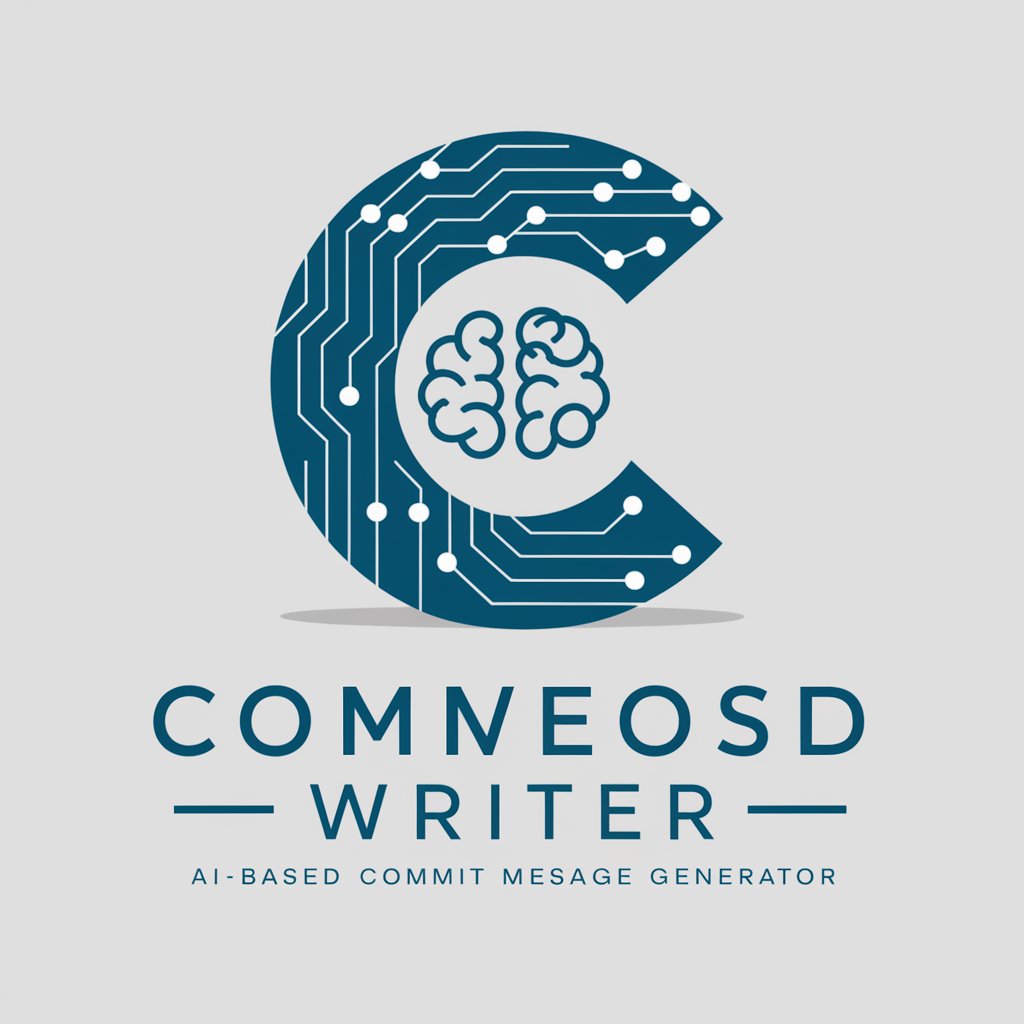
CodeAce
Elevate Your Coding with AI
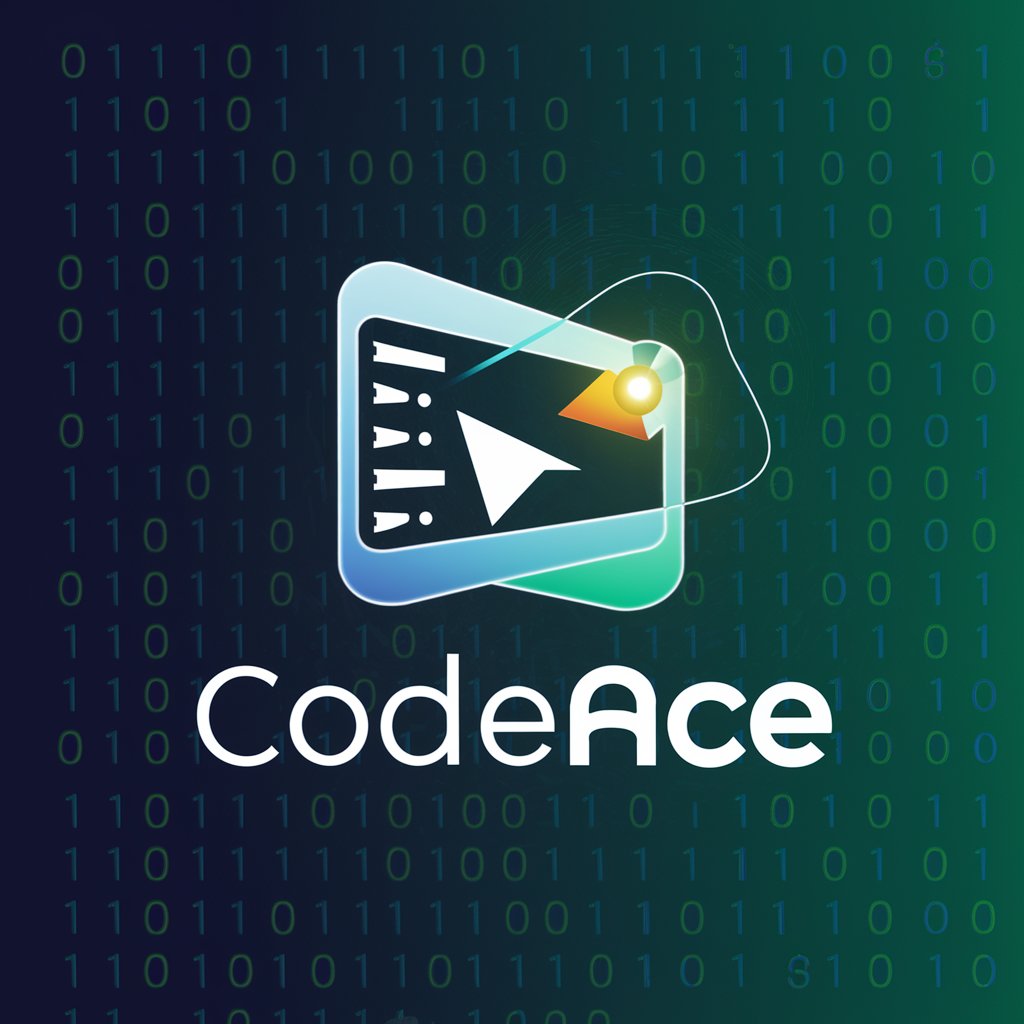
Code Wizard
Elevate Your Code with AI

On Page SEO
Elevate your SEO with AI-powered precision
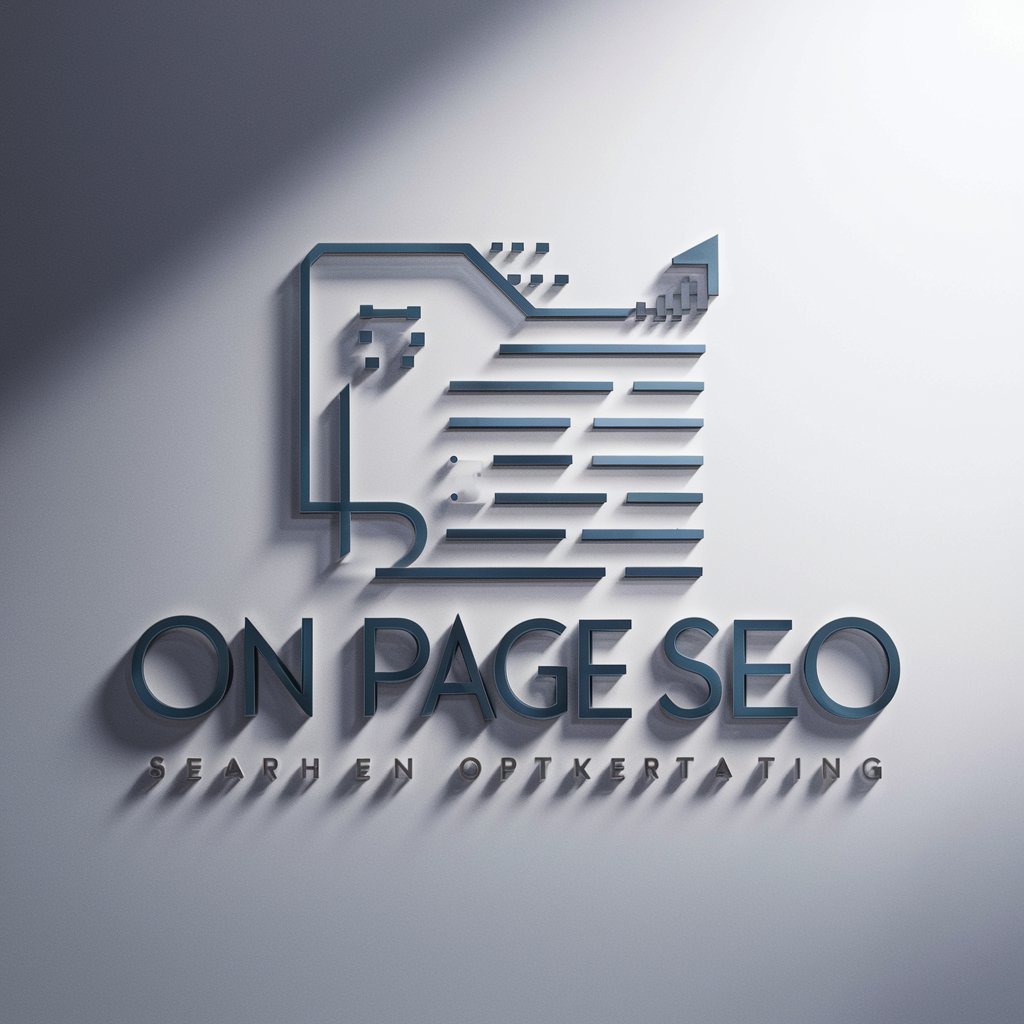
WordGPT
Enhancing Word Skills with AI
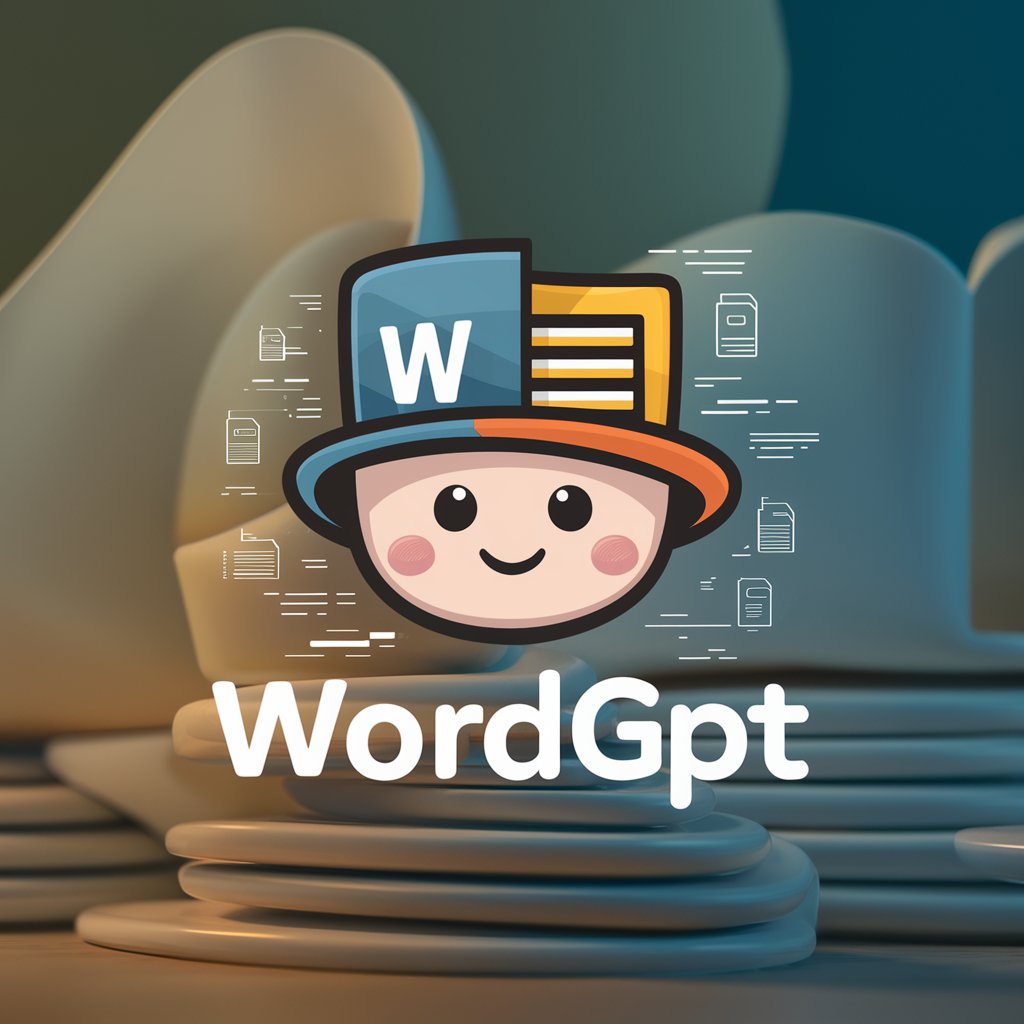
Online Dating Coach (Hinge, Bumble, Tinder)
AI-powered dating coach for better matches.
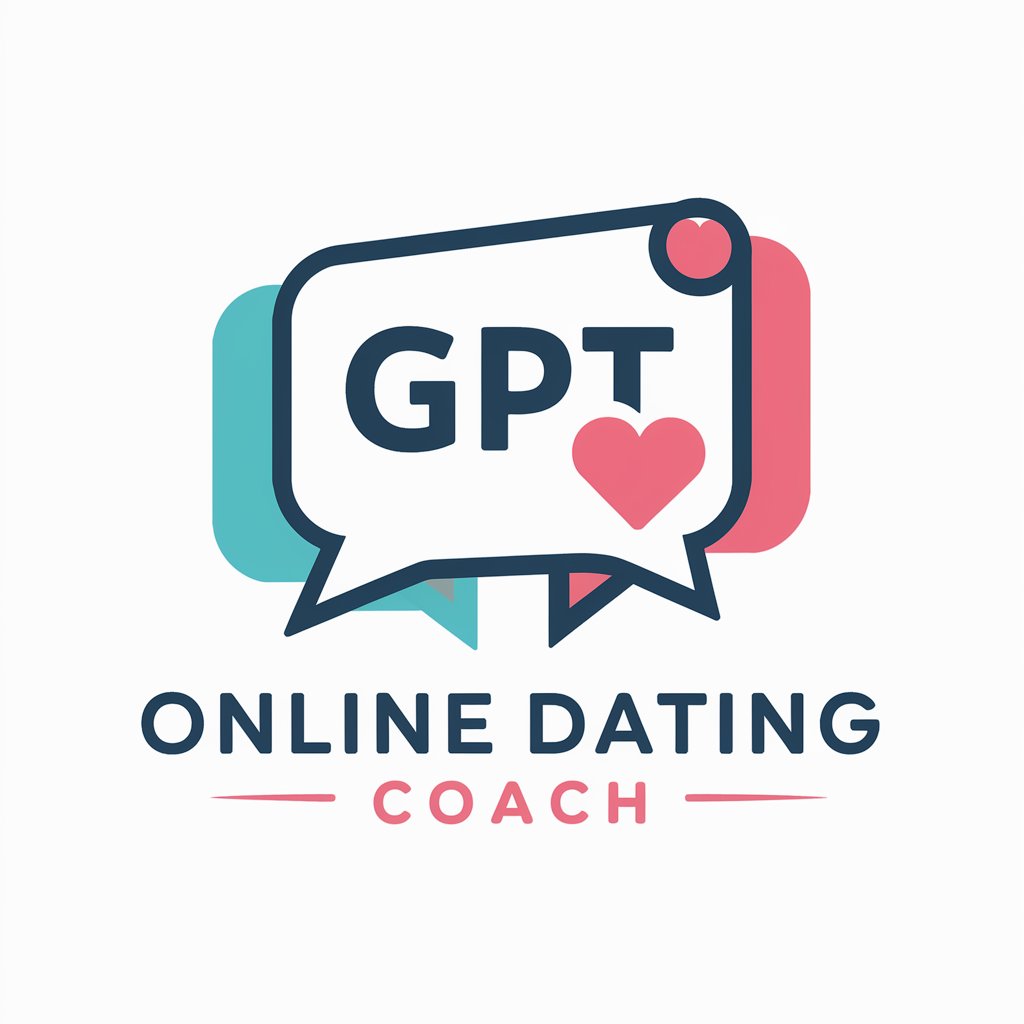
Data7 Apps IA
Empowering your apps with AI
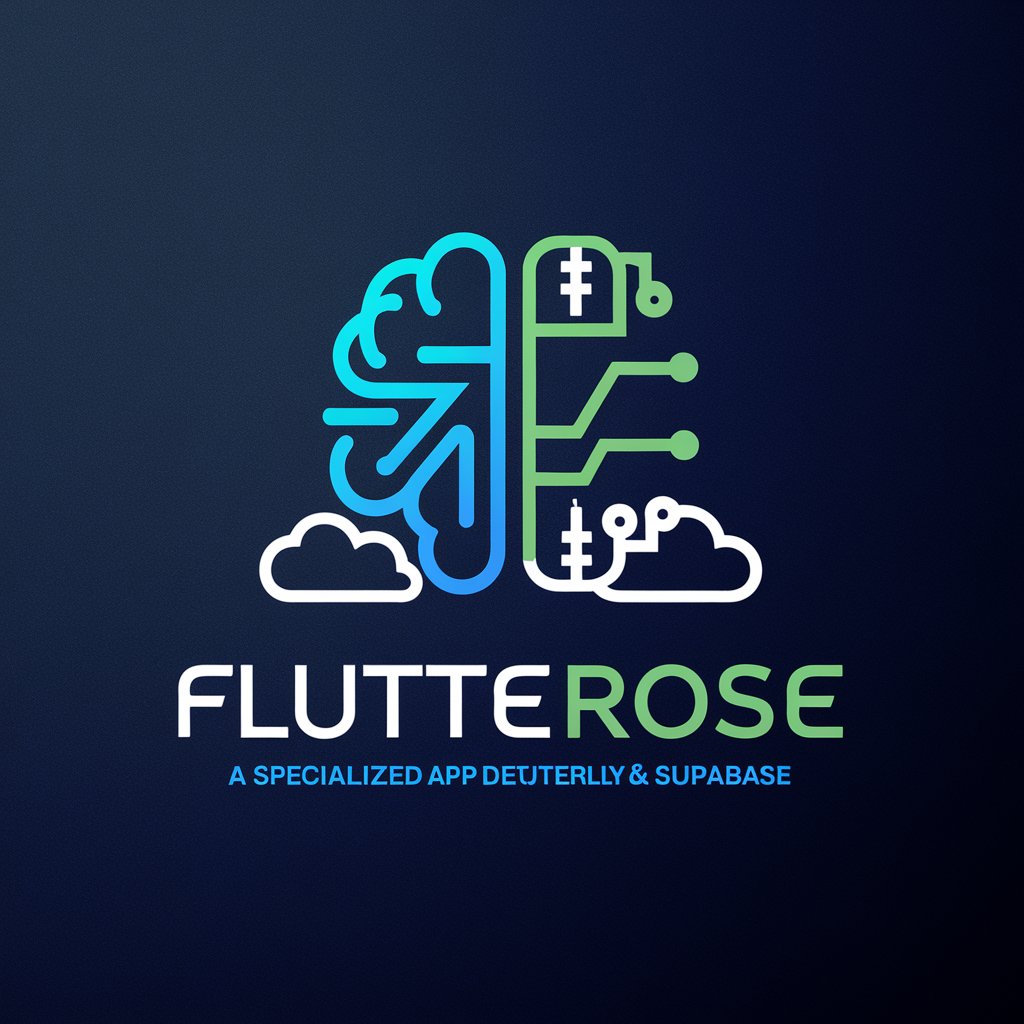
Grammar Corrector
Enhance Your Writing with AI
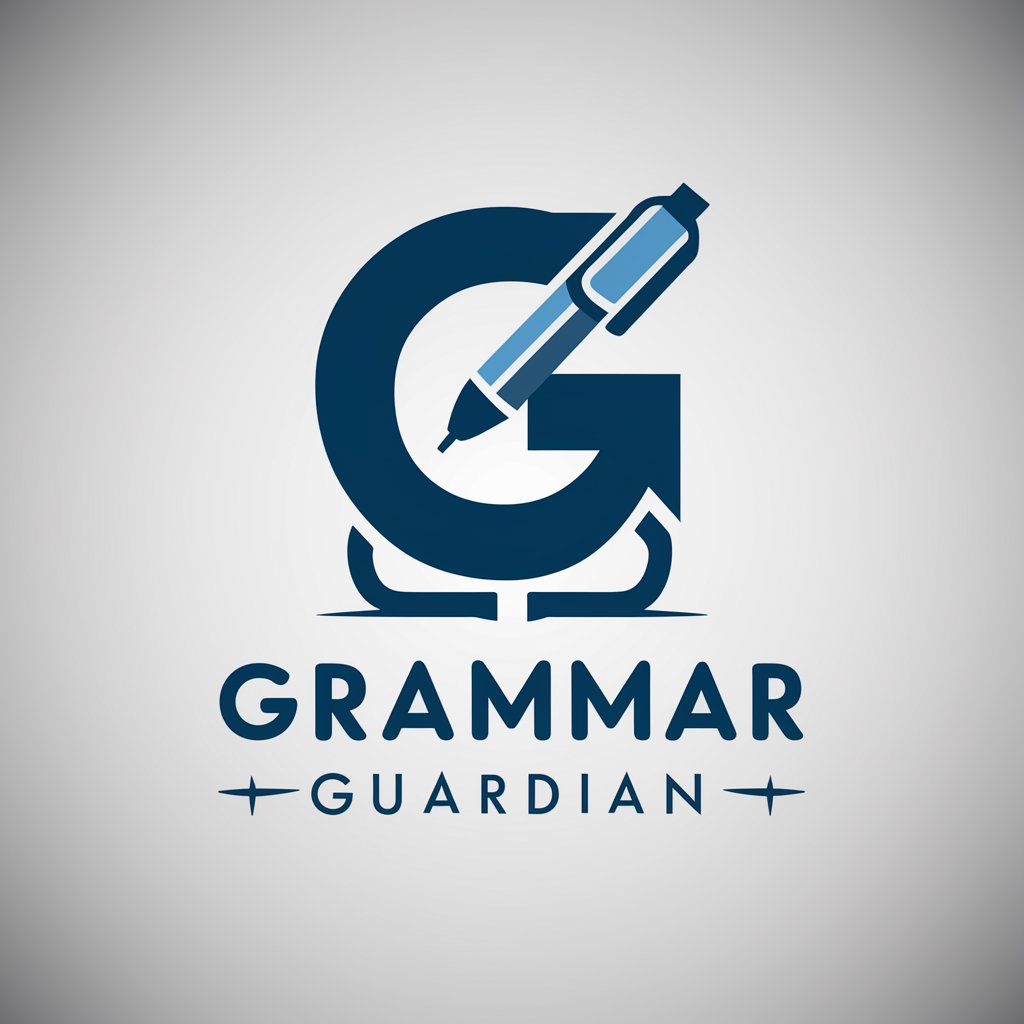
The Red Pill Diet
Nourish Mindfully, Live Fully
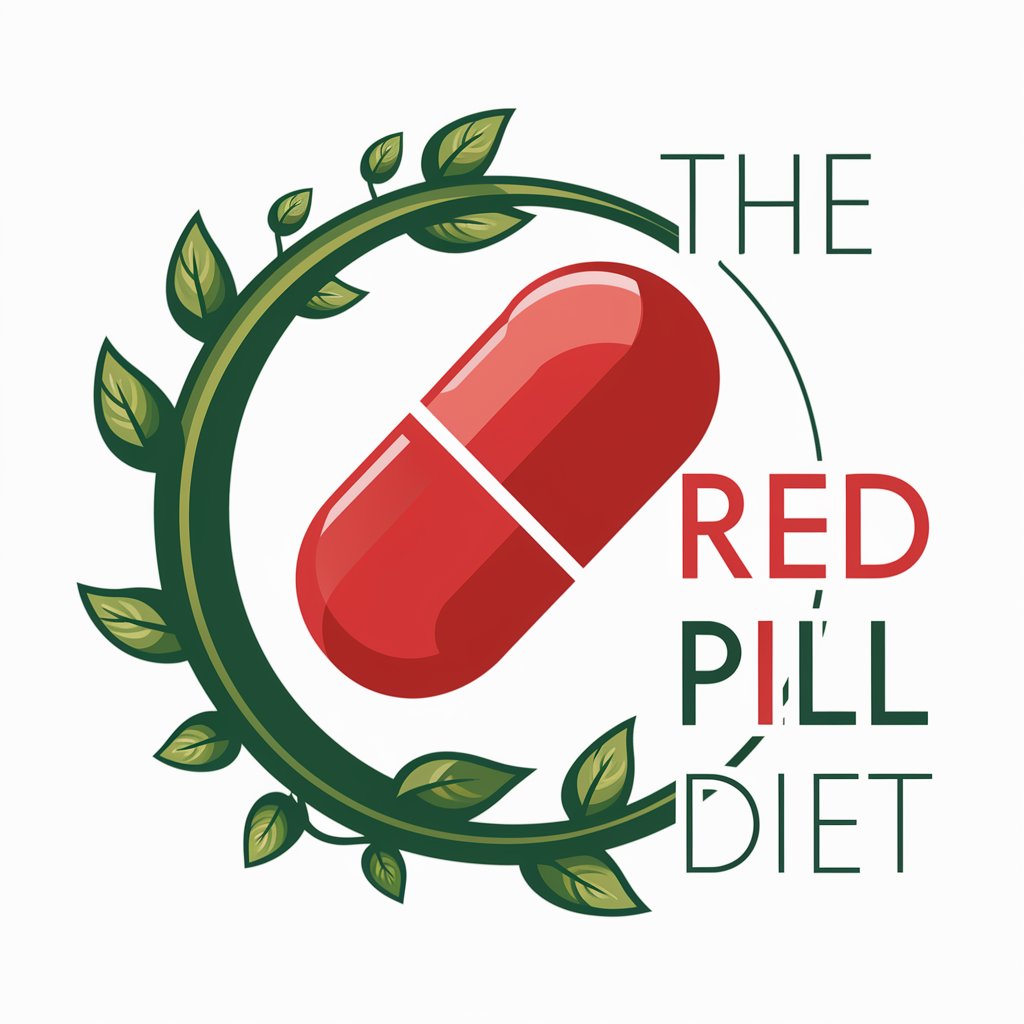
Assistente per la Scrittura di Libri
AI-powered book crafting made easy
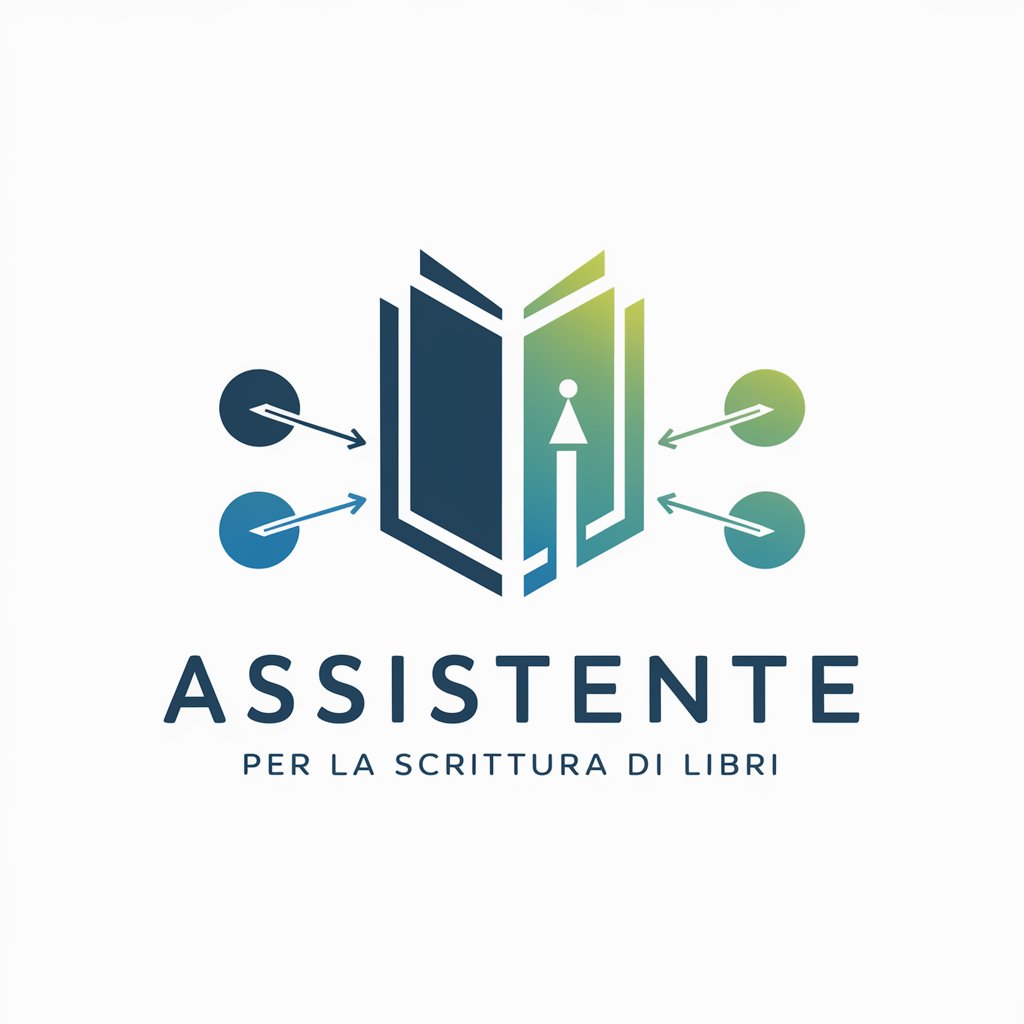
汉语
AI-powered Mandarin learning made easy.
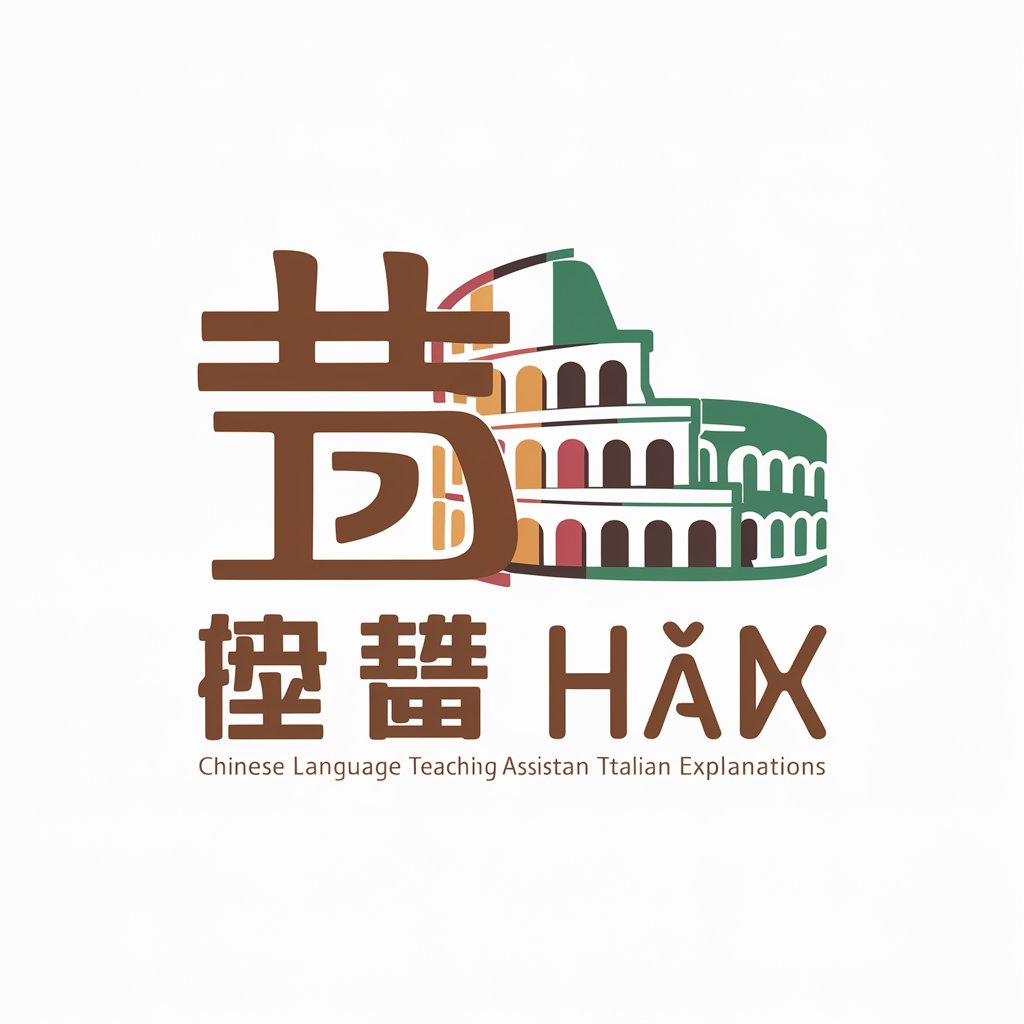
React Native Expo Developer
Build Apps Faster with AI

Detailed Q&A on SEO-Deutsch: H1, Title & Meta-Description
What is the primary purpose of SEO-Deutsch?
The primary purpose of SEO-Deutsch is to provide users with a tool that generates SEO-optimized titles, H1 tags, and meta-descriptions to improve the search engine visibility and click-through rates of web content.
Can SEO-Deutsch help with non-German languages?
While specifically optimized for German, SEO-Deutsch can be adapted for basic SEO needs in other languages, though the effectiveness may vary compared to native language SEO tools.
What are the key features of the SEO-Deutsch tool?
Key features include the generation of multiple creative and engaging versions of SEO titles, H1 tags, and meta-descriptions, each crafted to meet specific digital marketing and content strategies.
How often should I update my content using SEO-Deutsch?
Updating content regularly using SEO-Deutsch is recommended to keep up with search engine algorithm changes and evolving user search behaviors, typically every 3 to 6 months.
Does SEO-Deutsch integrate with other SEO or content management tools?
SEO-Deutsch is primarily a standalone tool but can be used alongside other SEO and content management tools to enhance overall content strategy.

